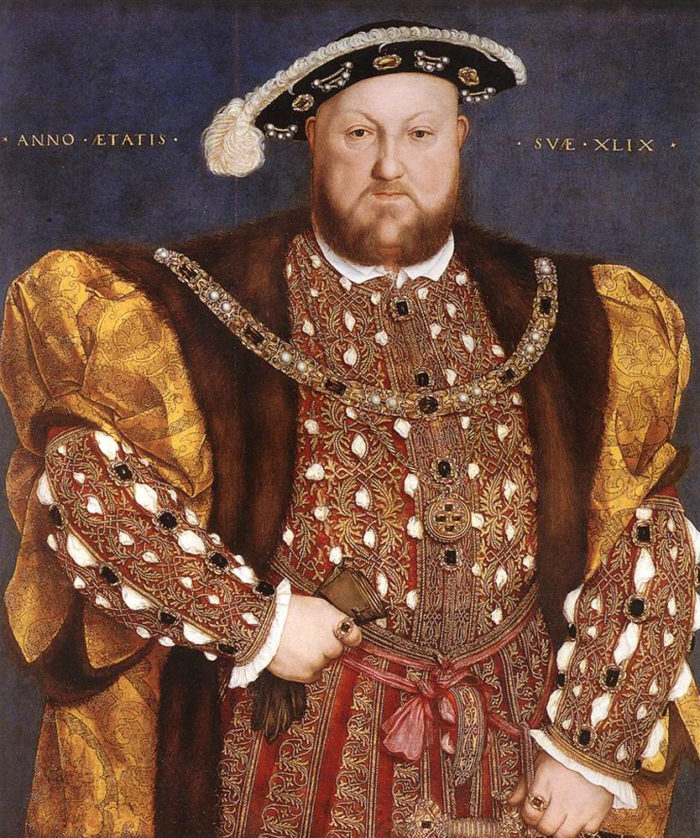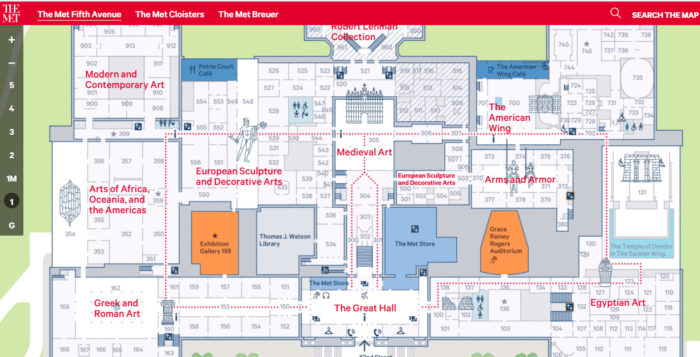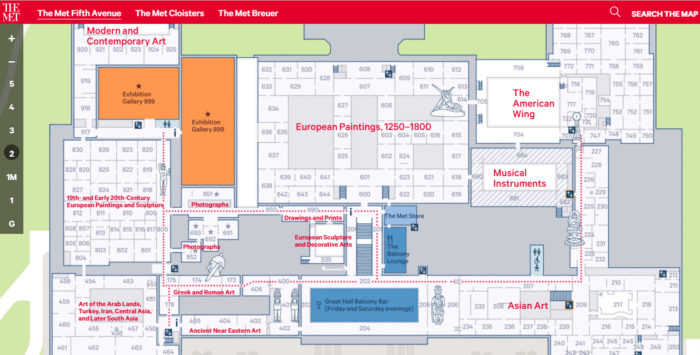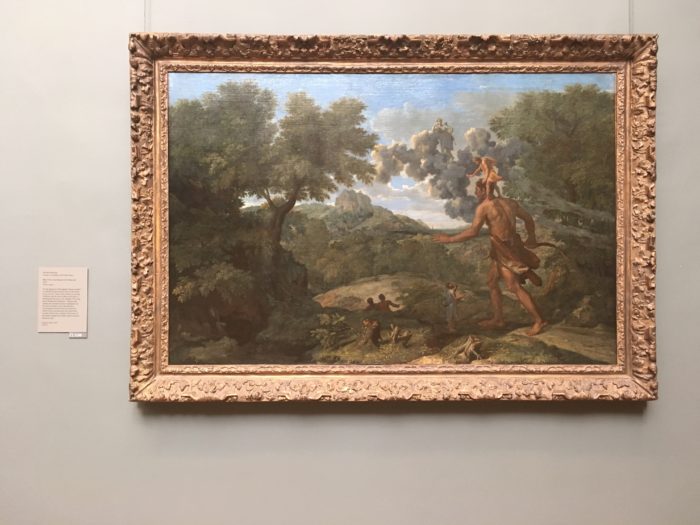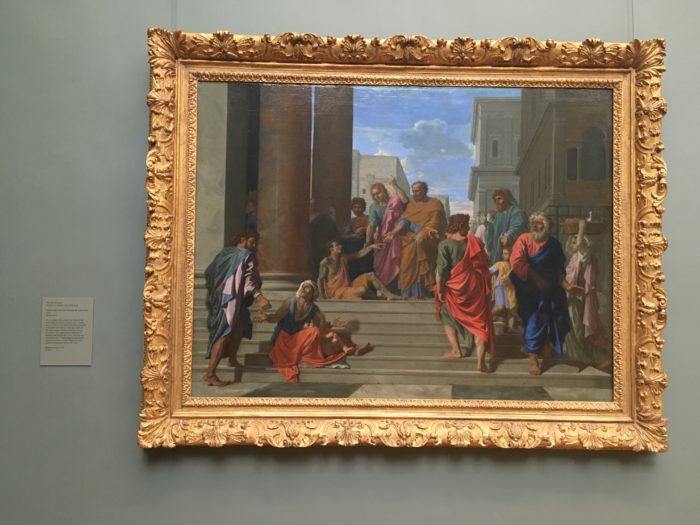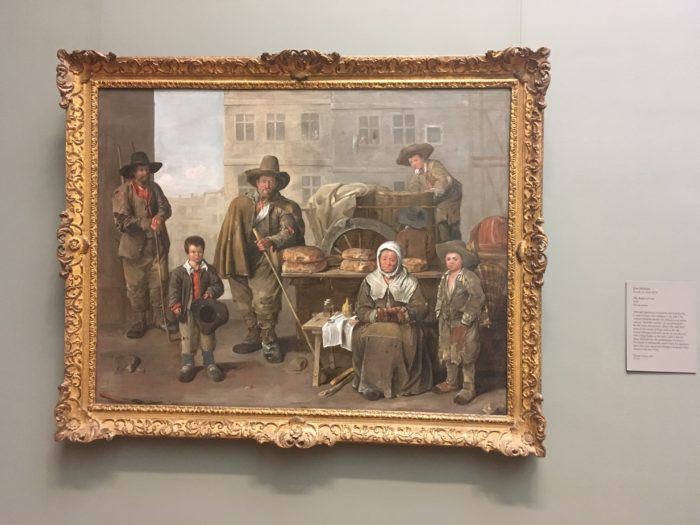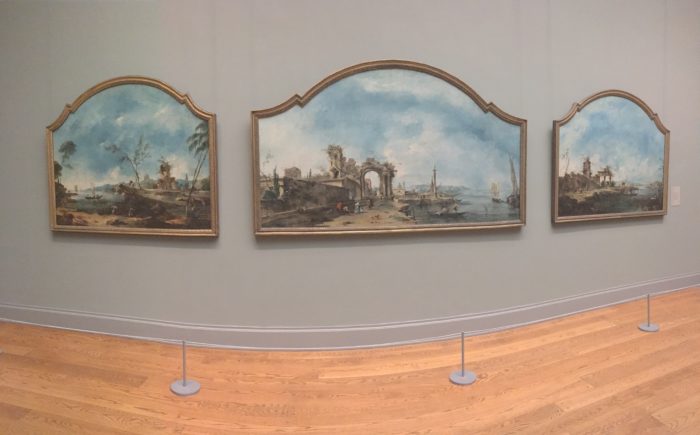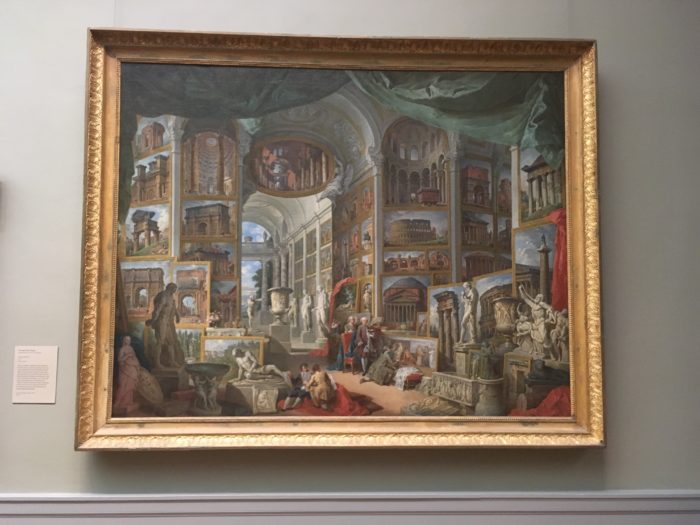AP Euro at The Met, NYC
The Met is an AP Euro toy box. There are so many works of art and artifacts on display that it is impossible to take it all in. If you’re a student of AP Euro in NYC, the Met offers an opportunity like no other to see history in the textbook with your own eyes.
There’s the suit of armor of Henry VIII of England:
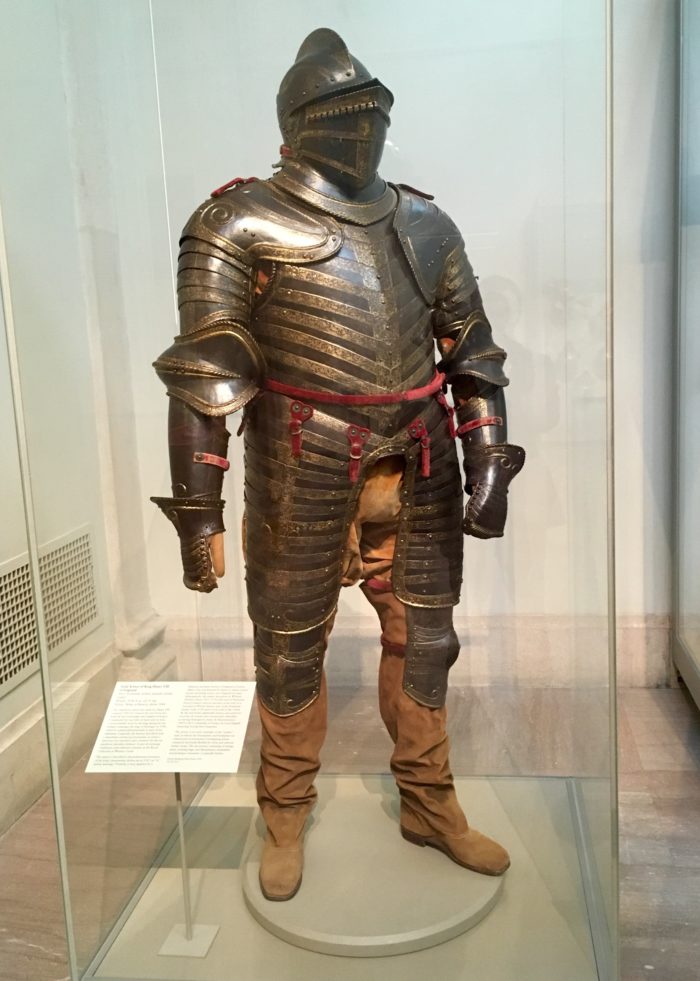
Standing wider than other suits on display, this monarch gained a few over the course of his turbulent reign.
Henry Tudor went from this:
To this:
There is also the parade armor of Henry II of France:
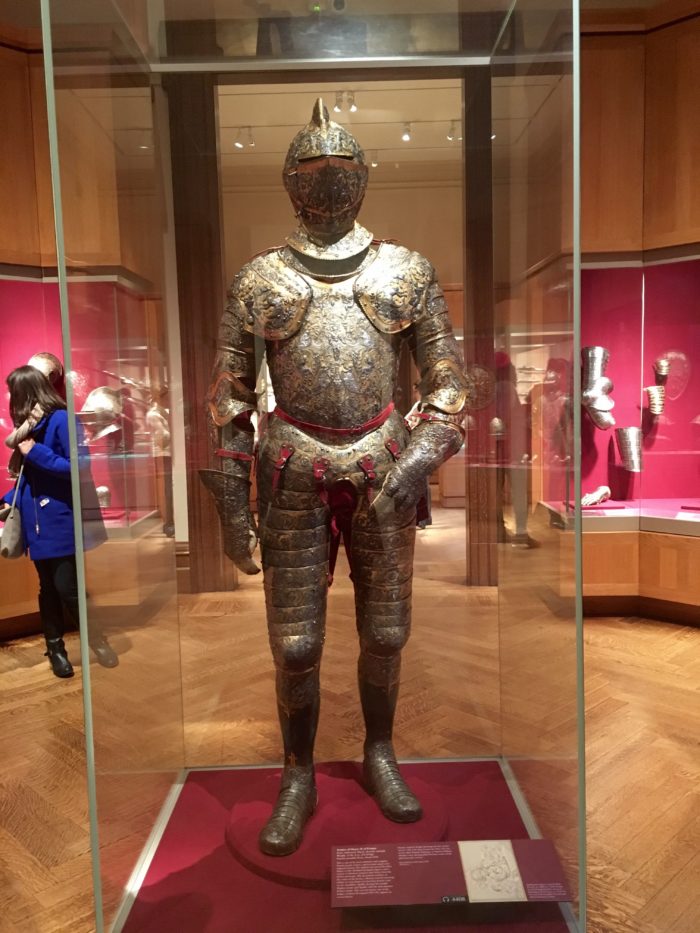
The extraordinarily ornate design of the armor is simply incredible, clearly not to be used in battle or even in jousts. Speaking of jousts, seeing the suit of armor of Henry II brings one eerily close to this monarch’s demise. Henry died during the celebratory joust after the signing of the Treaty of Cateau-Cambresis.
From France-Pub.com:
“Henri II, aged 40 in 1559 decided to organize a huge tournament for the celebrations of these two unions. During the hot day of the 30th of June 1559, the largest street of Paris was transformed in a joust place where population and nobles alike admired the finest knights jousting.
The Young lion will overcome the older one,
On the field of combat in single battle
He will pierce his eyes through a golden cage,
Two wounds made one, then he dies a cruel death.( Century 1, Quatrain 35 )
Henri II’s wife, Queen Catherine de’ Medici fervent admirer and protector of the famous prophet Nostradamus had heard the predictions of threats against the royal family and the King in particular. Near the end of the tournament, while the crowd was already leaving, the chivalrous King Henri decided to show his valor by jousting. The Queen, feeling that only misfortune would come out of this urged her royal husband not too put his life at risk. But the monarch who had taken a lion as his emblem heard none of it and decided to joust with the colors of his mistress Diane de Poitiers.
The opponent, Count Gabriel I of Montmorency, the captain of the King’s Scottish Guard also had a lion as his symbol. The young Count who was not very enchanted to face his sovereign had no choice but to joust. In a hurry, the monarch had not closed the visor of his helmet and de Montmorency’s lance ended in the eye of Henri II. A piece of the lance was even stuck in the King’s head and with him fallen on the ground, a general panic invaded the street. The best royal surgeon, Ambroise Paré ( whose work was a great improvement in surgery and anatomy ) was called to the side of the agonizing King. Soon after, Felipe II’s own doctor Andreas Vesalius arrived from Brussels to Henri’s side. Not knowing how to remove the piece of wood stuck in the head, Paré was authorized to reproduce the wound and train on the head of several men previously sentenced to death and executed for the occasion. Despite the horrible fate of these men and the work of two brilliant doctors, Henri II of France died ten days later the 10th of July 1559 after a long and terrible agony in the Hôtel des Tournelles ( actual Place des Vosges in Paris ).
Henry II’s shield is also on display:
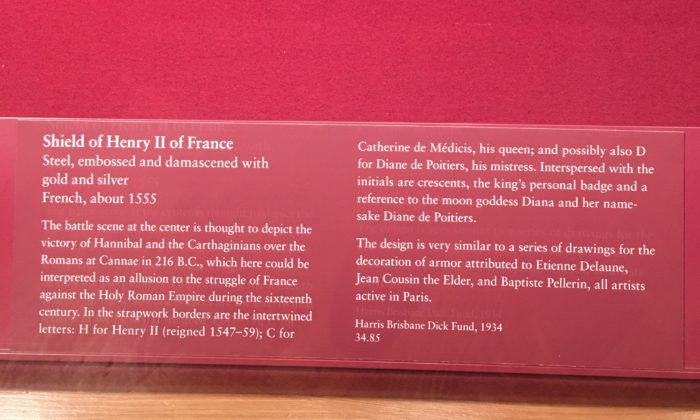
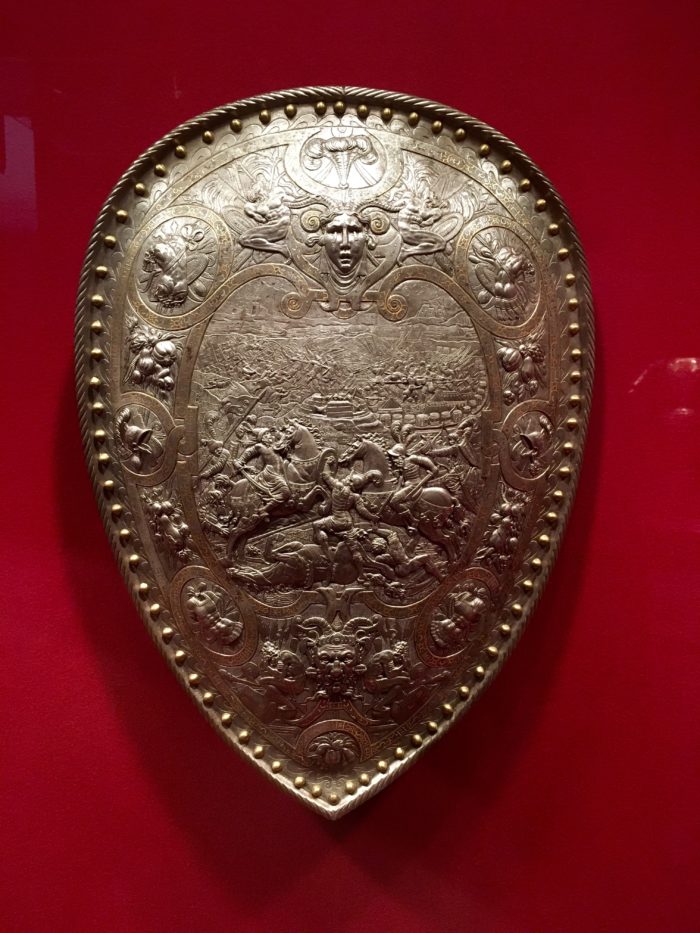
The Metropolitan Museum of Art aka The Met is so gigantic and so filled to the brim with artifacts from every time and place that navigating this ocean of treasures of history is not a simple task.
The interactive map here will give you a general idea of where things are.
First floor (Technically not the ground floor, even though it is the floor where the main entrance off the street is, because you’ll walk up many stairs to enter the museum. It sure feels like the ground floor.):
Second Floor:
As you can see from these screenshots of the two floors, Europe is right in the center of the museum.
Walking through the galleries from 600 to 644 on the second floor, you will clearly comprehend the stark changes that occurred in the world of painting over the course of a few centuries. From proto-renaissance to renaissance to baroque, romanticism and realism, classifications that for many high schoolers are a little more than vague, are clearly felt by the museum visitor as he or she switches from one room to the next.
If you live in NYC and are studying AP Euro, a visit to the Met is simply a must!
PS. Many are unaware that admission price to the Met (and many other museums in NY) are a suggested donation. You can give a quarter for the ticket to one of the greatest museums in the world.



